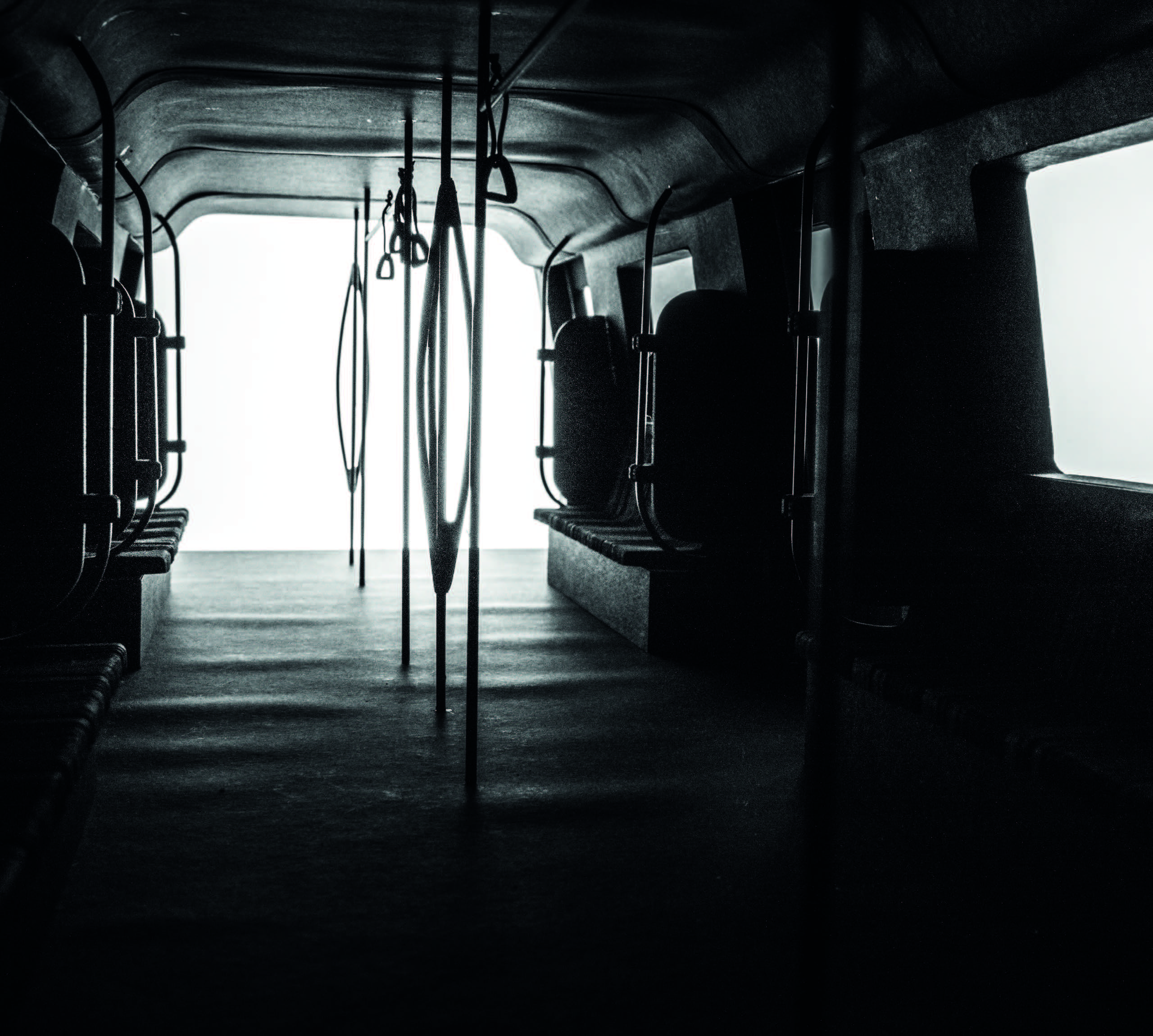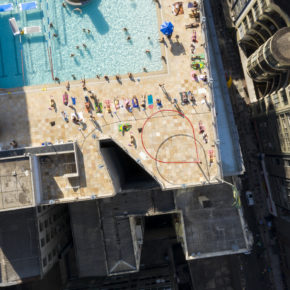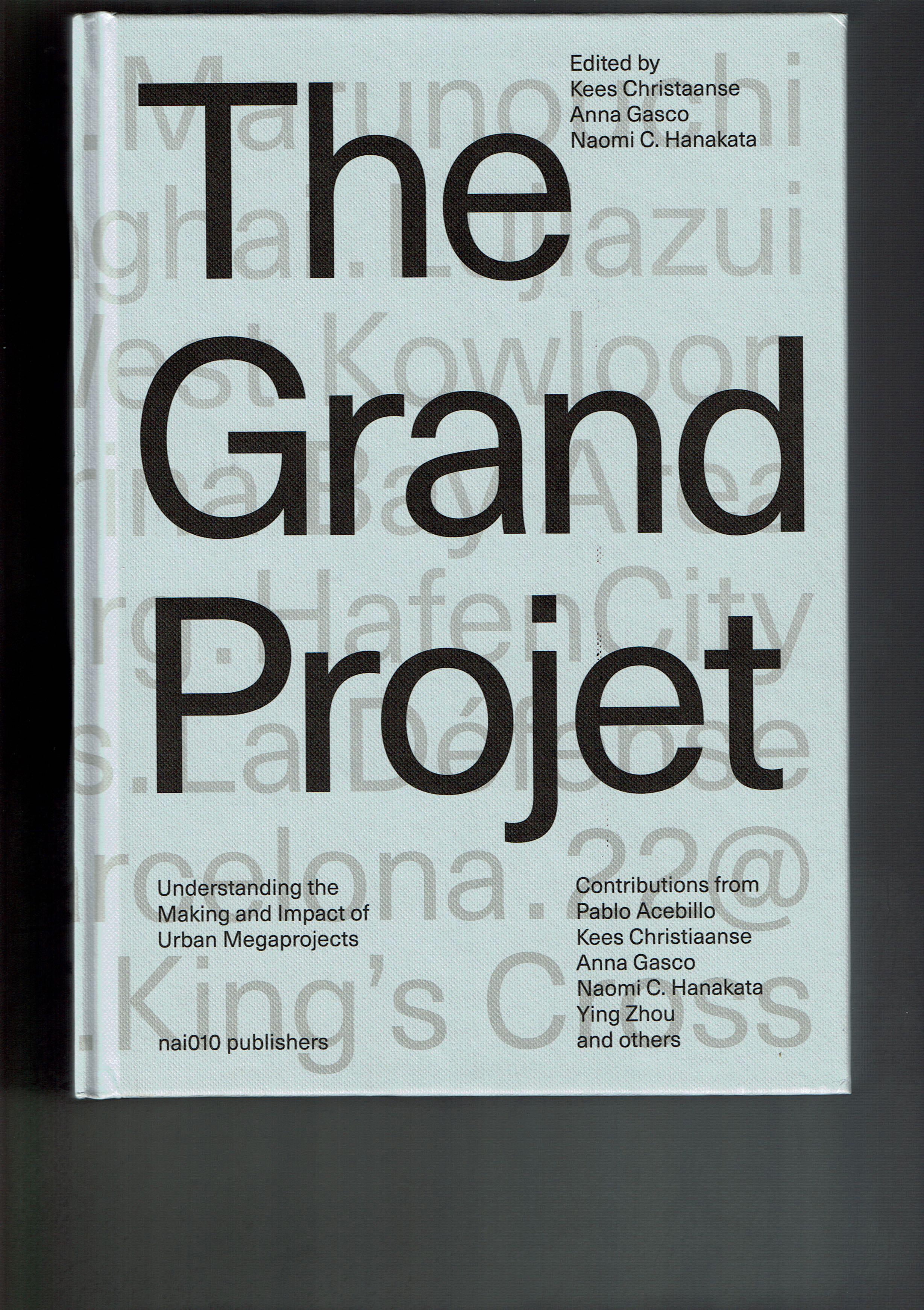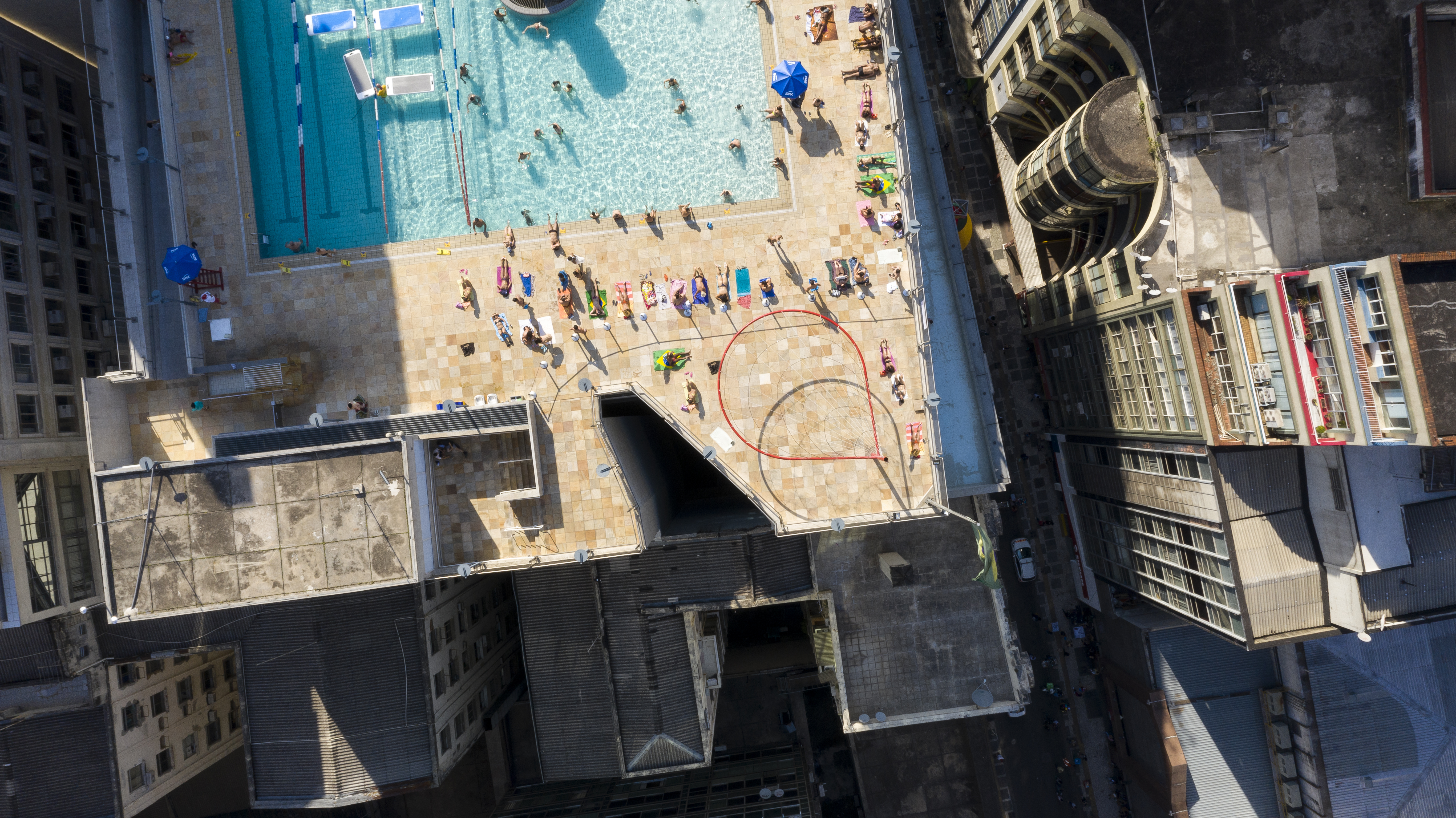
“Some Haunted Spaces in Singapore”: Exhibition at Architekturforum Zürich:
Glossy, technical, efficient: This is the obvious image that Singapore evokes at first. Yet something else also inhabits the architecture of the nation-state beyond its sleek appearance: spirits. “Some Haunted Spaces in Singapore” in collaboration with Marcel Jäggi, is an investigation of the collective imagination, and of the elements of the built environment believed to be occupied by ghosts, namely haunted spaces. Often dismissed as irrational, this mystical focus digs deeper than religious superstitions or teenage esotericism. Exploring the apparent contradiction between a city-state built up according to a rigid rationale of urban development and robust spiritual practices that endure to this day, the resilience of interconnected spaces and memories is uncovered, as well as forms of social resistance to the changes brought about by fast-paced urban growth and top-down national planning in Singapore.
The exhibition, by examining the paradox of modern urban planning and spiritual beliefs in Singapore, proposes a new reading of the territory and of planning approaches through the phenomenon of spiritual beliefs that can be expanded to other contexts.
Structured in 3 parts, the material aspects and physical forms of mystical expressions imprinted on the built environment are foregrounded. Introduced by a tropical jungle, the first part is a photographic essay of the expected, glossy side of the nation-state. But among the expected image peeks the unexpected, and the mirages of strange encounters and bizarre rituals point at a hidden side of Singapore. The second element is a cabinet de curiosités that presents eight allegedly haunted spaces as case studies. Research artefacts depict the tangible and intangible through mixed mediums (newspapers clippings, archives images, situation plans, photographs, etc). Announced by a black map, the third part of the work is presented in darkness: the meticulous, obsessive reconstruction of these eight spaces, misusing ad absurdum classic architectural representations to show something that cannot be depicted, that is perhaps not there. The black paper models of the built spaces refer to the joss-paper used for honoring the deceased in Taoism rituals when the offerings are burned and sent to the afterlife. A ghostly soundtrack accompanies the discovering of the models.



